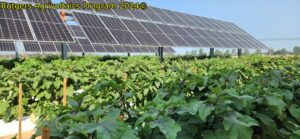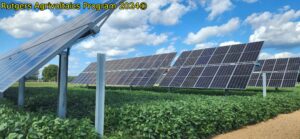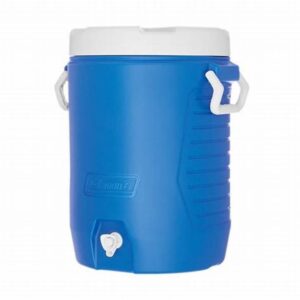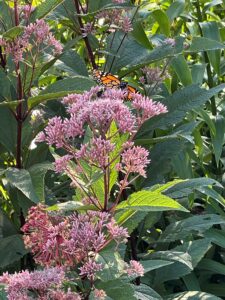Agri-Technology and Research Twilight Meeting at RAREC
Thursday September 19th, 2024
4 pm until dark
Location: Rutgers Agricultural Research and Extension Center (RAREC)
121 Northville Road
Bridgeton, New Jersey 08302
This year’s twilight meeting at RAREC will continue to showcase new agricultural technologies for stakeholders in the state. We will showcase the newly operating agrivoltaics system with specialty crops (fresh-market tomatoes, bell pepper, and eggplant) and soybeans growing beneath them and discuss new technologies for autonomous weeding. Specialists will also discuss their research and provide updates on fiber hemp, Christmas trees, native plants, invasive fruit pests, and vegetable disease.
Speakers:
Tim Waller, Cumberland County RCE Nursery Agent. “Nursery and Ornamental Research: Christmas Tree Pathology Studies and Native Plant Demonstrations”
Dan Ward, Director, RAREC. “Agrivoltaics for NJ: Progress and Promise”
Raul Cabrera, Extension Specialist in Nursery Production and Management. “Fiber Hemp and Weeds”
Ann Nielsen, Extension Specialist in Entomology. “Incorporating Insect Behavior into Management of Invasive Fruit Pests”
Thierry Besancon, Extension Weed Specialist for Specialty Crops. “Update on new technologies for weed management in sweet corn”
Andy Wyenandt, Extension Specialist in Vegetable Pathology. “Updates on vegetable disease control”



 Protecting yourself and other workers from heat stress may involve purchasing some supplies for your farm operation. Some suggestions for items that may be used to “Beat the Heat” include water coolers, shade structures, fans for air movement in packing facilities, head coverings, sunscreen, and other things to help make a person cooler and more comfortable when working during high temperatures and/or in intense sunlight. Also, some companies listed also offer weather measuring devices to monitor environmental conditions for considering heat stress management decisions.
Protecting yourself and other workers from heat stress may involve purchasing some supplies for your farm operation. Some suggestions for items that may be used to “Beat the Heat” include water coolers, shade structures, fans for air movement in packing facilities, head coverings, sunscreen, and other things to help make a person cooler and more comfortable when working during high temperatures and/or in intense sunlight. Also, some companies listed also offer weather measuring devices to monitor environmental conditions for considering heat stress management decisions. 
